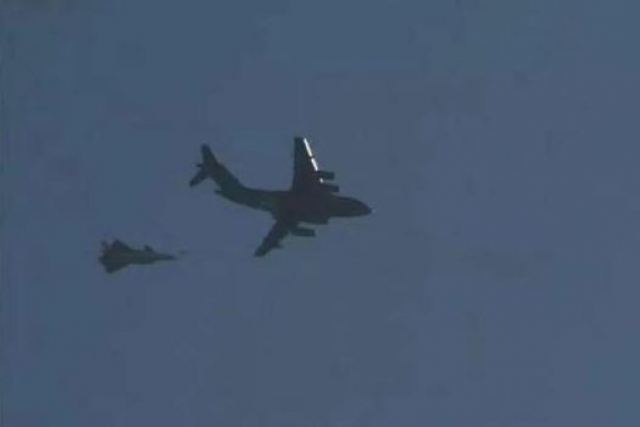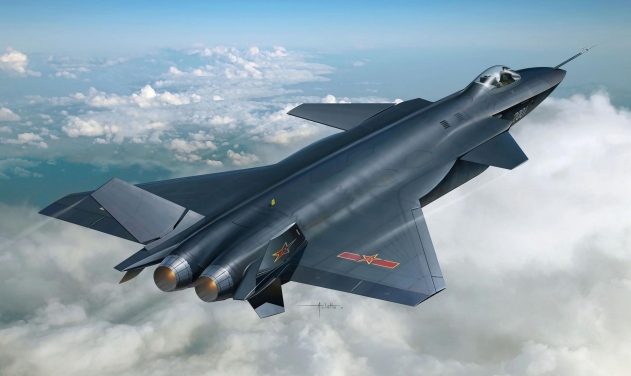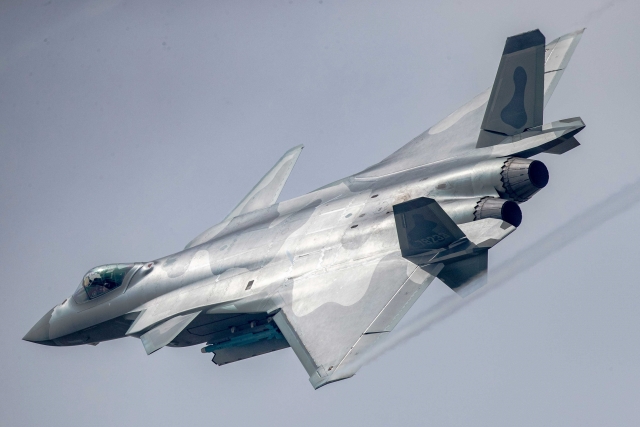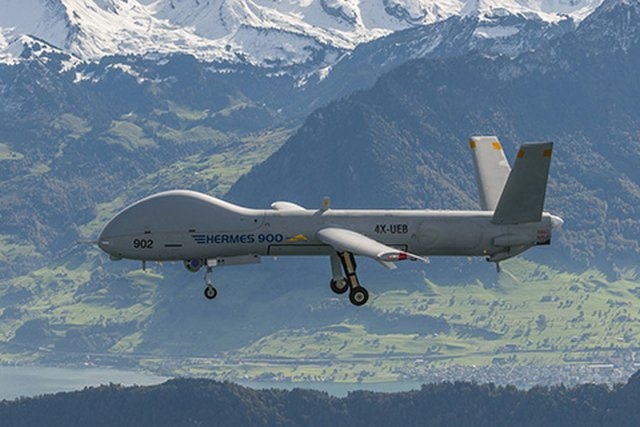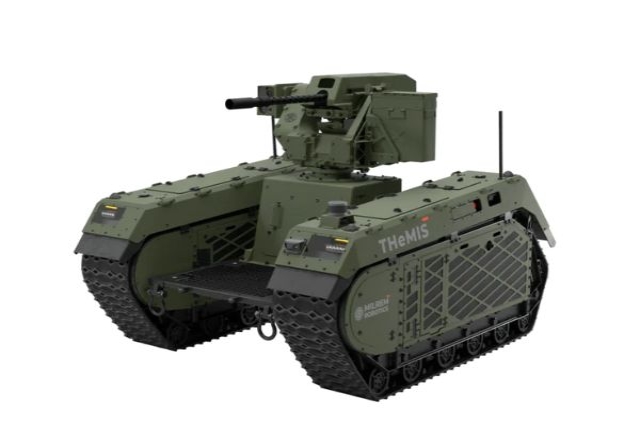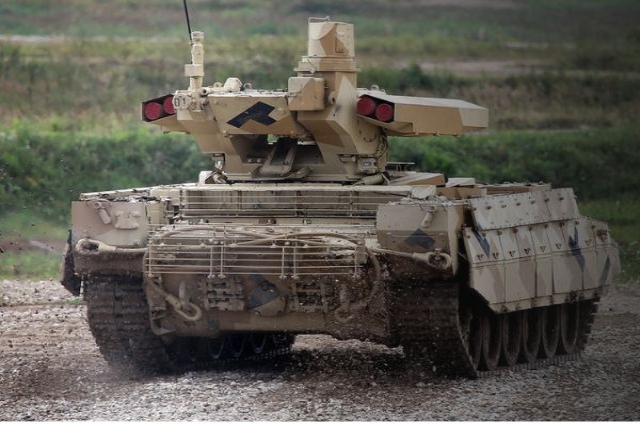China’s J-20 Fighter Jet Flies “Stealthily” Indicating its Combat Readiness
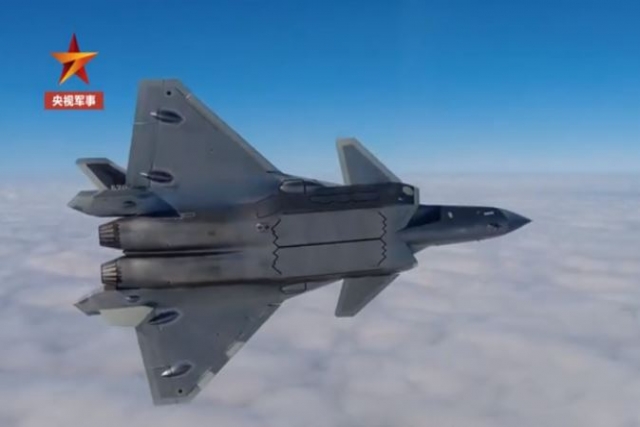
The Chinese People’s Liberation Army (PLA)’s J-20 fighter jet has flown sans Luneburg lens, a device that makes stealth aircraft “visible” during training operations.
“By removing it, the J-20 will go stealth as it was designed to, and this means it is engaged in a real combat scenario-oriented mission. (It indicates that) the jet has entered the next level of combat readiness,” a Chinese military expert was quoted as saying by Global Times, a news outlet owned by the ruling Chinese Communist Party’s (CCP) paramount mouthpiece, the People’s Daily.
At the Qingming Festival on April 4 (Sunday), the traditional tomb-sweeping day, pilots of J-20 jets paid respect to the Chinese pilots who fought in the Korean War (1950-53), Chinese state-controlled broadcaster CCTV, reported.
Wang Hai Air Group, affiliated with the PLA Eastern Theatre Command, was equipped with J-20 fighter jets in 2019. One of the J-20 jets which was not equipped with Luneburg lens made aerial maneuvers on Sunday. Further, the lines of the aircraft's side missile bay were different from previous J-20 fighters.
In its previous flights, the J-20 jet reportedly carried the Luneburg lens radar reflector under its belly.
Luneburg lens expands the radar cross-section of a “stealth” aircraft, making it intentionally visible to radar. In regular training, friendly radar facilities need to track stealth aircraft to monitor their activities and assess training results. In other non-combat scenarios like transit flights, making the presence of stealth aircraft known to others can avoid accidents, the expert said, noting that in some military operations, there could also be a need for such planes to show themselves to achieve deterrence while also hiding their true stealth specifications.

